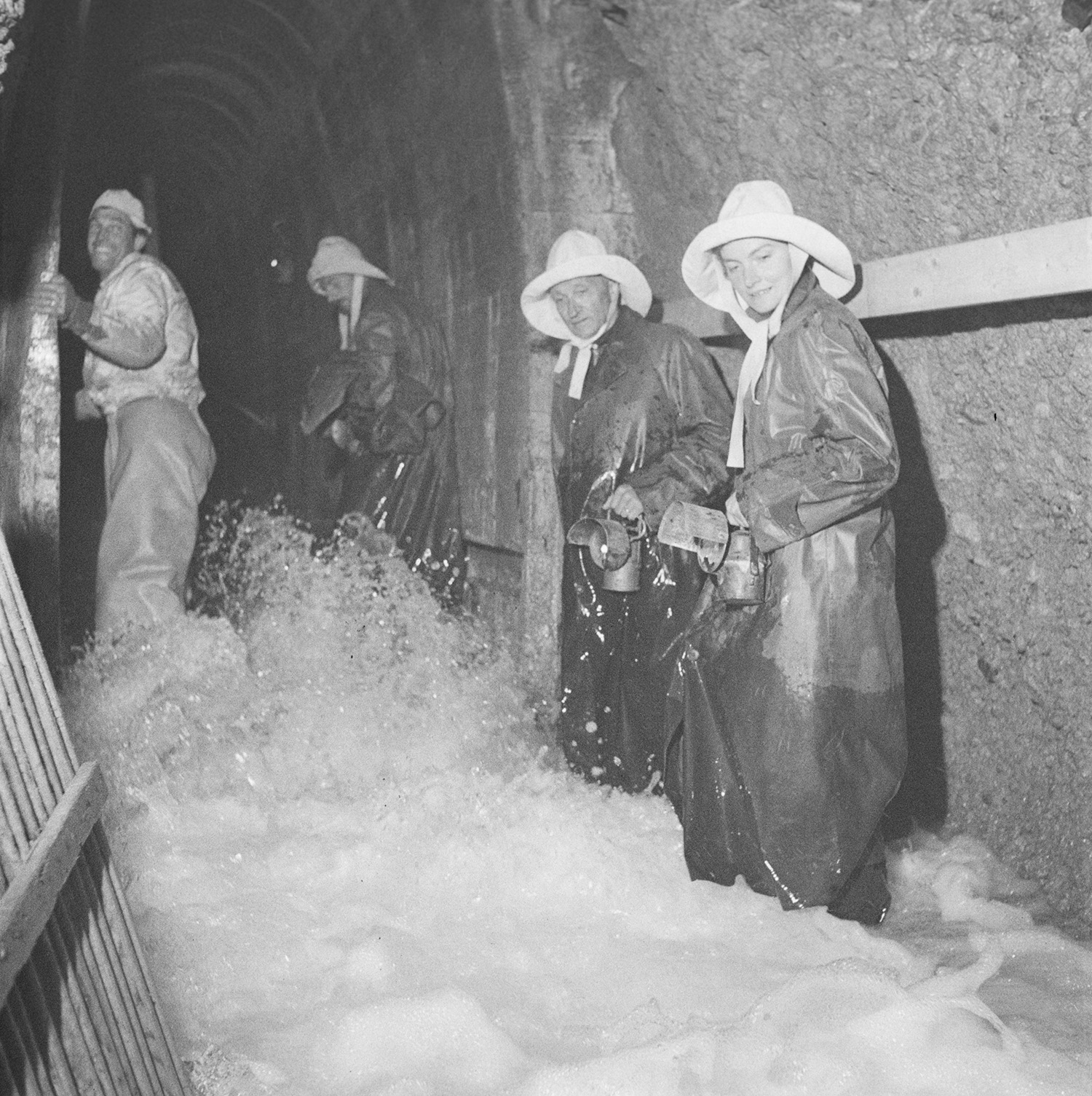The U.S. Occupation of Post-World War II Austria (1945–1955)
The United States Forces in Austria, led by General Mark Clark who also served as High Commissioner, occupied their zone in Austria (Salzburg, Upper Austria south of the Danube) in May, their sector in Vienna in August 1945. In 1946, the U.S. had some 14,000 soldiers in Austria. Their mission was “to establish a free and independent Austria with a sound economy, capable of ensuring an adequate standard of living.” Establishing democratic institutions entailed the “denazification” of Austria. American occupation forces stayed in Austria during the early Cold War until the State Treaty was signed in 1955 as a means of providing security and contain the Communist threat to the new nation. General Geoffrey Keyes, Clark’s successor advocated the rearmament of Austria after the Cold War intensified in 1948. Like Messersmith before the war, he argued that “the strategic importance of Austria [for the West] cannot be overemphasized.”
The Marshall Plan (1948–1953)
Rebuilding after the wartime destruction and helping Austrians establish a viable economy was the largest challenge. American aid programs by the U.S. Army, private donations of CARE packages, UNRRA and Congressional relief programs fed Austrians and saved them from starvation. Almost one billion dollars of funds from the European Recovery Program (“Marshall Plan”), however, provided the biggest boost to rebuilding infrastructure and industries, such as the Linz steel works, and modernizing agriculture. Constructing the Kaprun power station high in the Alps was the largest project funded through ERP counterpart funds. By the early 1950s, Austrians were no longer starving but were beginning to enjoy a higher standard of living in their daily lives.
The ERP Fonds (1962–2018)
The Marshall Plan “lives on” in Austria to this day. In 1961, the U.S. government transferred about one billion in “counterpart funds” to the Austrian government, which established the “ERP-Fonds.” This fund enjoys assets worth almost three billion Euros and is still providing investment funds for innovative projects to the Austrian economy today to the tune of 500 million Euros. The ERP Fonds set up the Austrian Marshall Plan Foundation in 2000 to organize student exchange programs with the U.S.
Gallery - click to enlarge:
Source: Günter Bischof/Hans Petschar. The Marshall Plan since 1947: Saving Europe, Rebuilding Austria. Vienna: Brandstätter, 2017.












